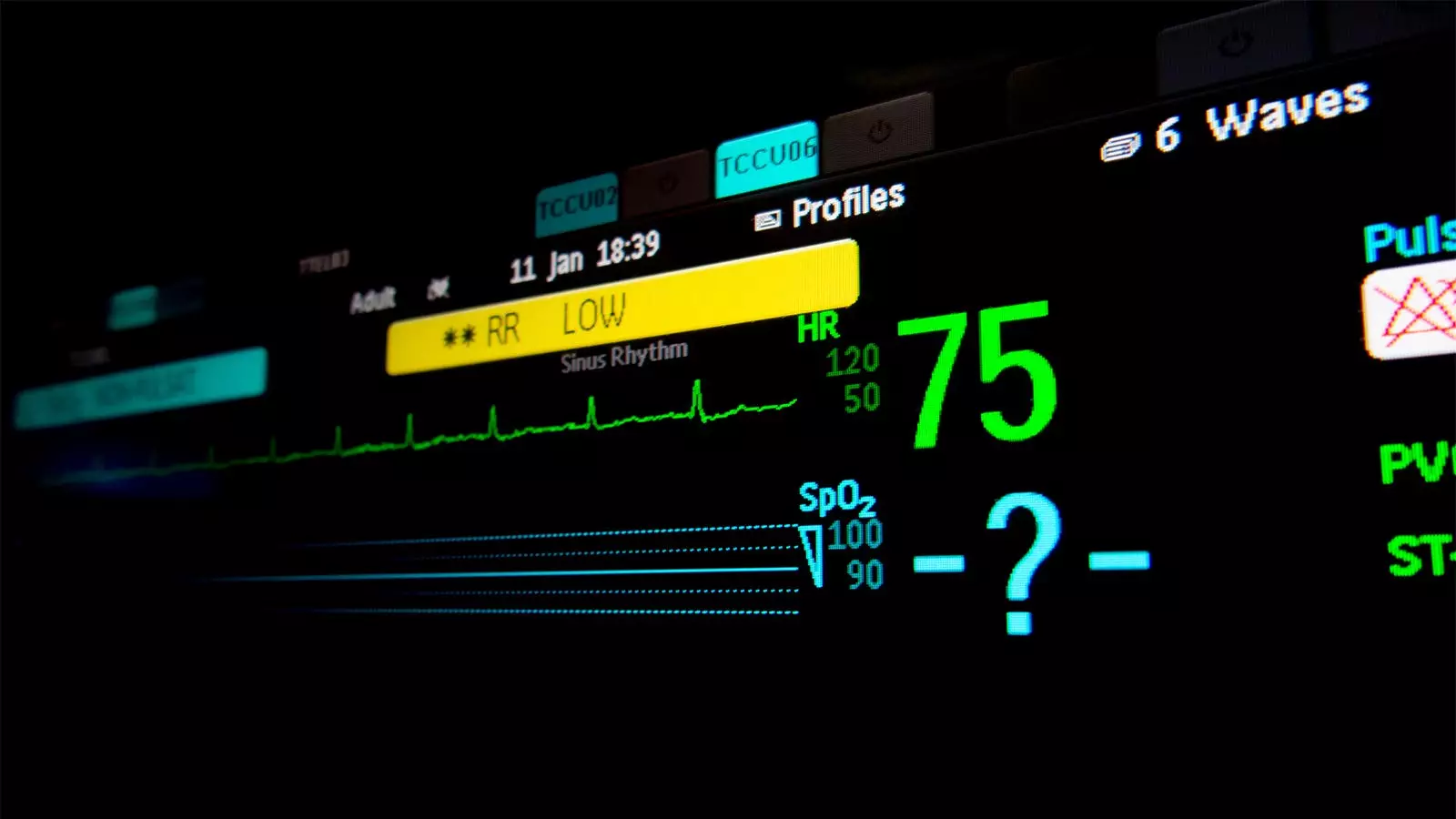The latest available hospital admission data from the National Inpatient Sample (NIS) has revealed a shocking surge in cardiomyopathy-associated hospital admissions among methamphetamine users in the American West. According to the study conducted by Mohammad Bhuiyan, PhD, of Louisiana State University Health Sciences Center at Shreveport, and his colleagues, there was a staggering 231% increase in methamphetamine-related cardiomyopathy admissions from 2008 to 2020 nationwide. This is in stark contrast to the mere 12% increase in overall admissions for heart failure during the same period. The researchers identified various demographic and social disparities evident across these methamphetamine-related cardiomyopathy admissions.
The study found alarming trends in the demographic distribution of methamphetamine-related cardiomyopathy admissions. The increases were reported to be 345% for men and 122% for women. Furthermore, the data showed increases of 271% for white individuals, 254% for Black individuals, 565% for Hispanic individuals, and a staggering 645% for Asian individuals. Additionally, the regional breakdown revealed a 530% increase in the West and a 200% increase in southern states. Surprisingly, the Northeast did not exhibit any significant changes in methamphetamine-related cardiomyopathy admissions.
Methamphetamine, commonly known as “meth,” is a highly addictive psychostimulant drug. It is available both as a prescription drug for conditions like obesity and attention deficit-hyperactivity disorder, as well as in illegal forms derived from over-the-counter drugs. The CDC estimates that around 1.6 million U.S. adults reported past-year methamphetamine use in the period of 2015-2018. Methamphetamine has well-established links to cardiovascular diseases such as cardiomyopathy, heart failure, pulmonary hypertension, and coronary artery disease.
The researchers involved in the study emphasized the urgent need for action to address the growing epidemic of methamphetamine-associated cardiomyopathy. Cardiologist Nisha Parikh, MD, MPH, of the University of California San Francisco Health, along with two colleagues, stressed the importance of raising awareness among researchers, healthcare providers, and policymakers. They called for a thorough examination of the biases present in the healthcare system towards patients with substance use disorders. The trio underscored the need for targeted interventions and the development of pharmacotherapies to combat methamphetamine use disorder.
The study conducted using the NIS spanned over 13 years and included hospital records from all 50 states. It captured a total of over 12.8 million cardiomyopathy-associated hospital admissions, of which 222,727 were related to methamphetamine users based on medical records. The researchers highlighted the limitations of the study, including the lack of individual-level data and postdischarge information. They also expressed the need for further research to identify high-risk populations and develop strategies to prevent and mitigate cardiovascular diseases among methamphetamine users.
The findings of this study shed light on the concerning increase in methamphetamine-associated cardiomyopathy hospital admissions, particularly in the American West. The data underscores the need for targeted interventions, awareness campaigns, and policy changes to address this growing public health crisis.

Leave a Reply